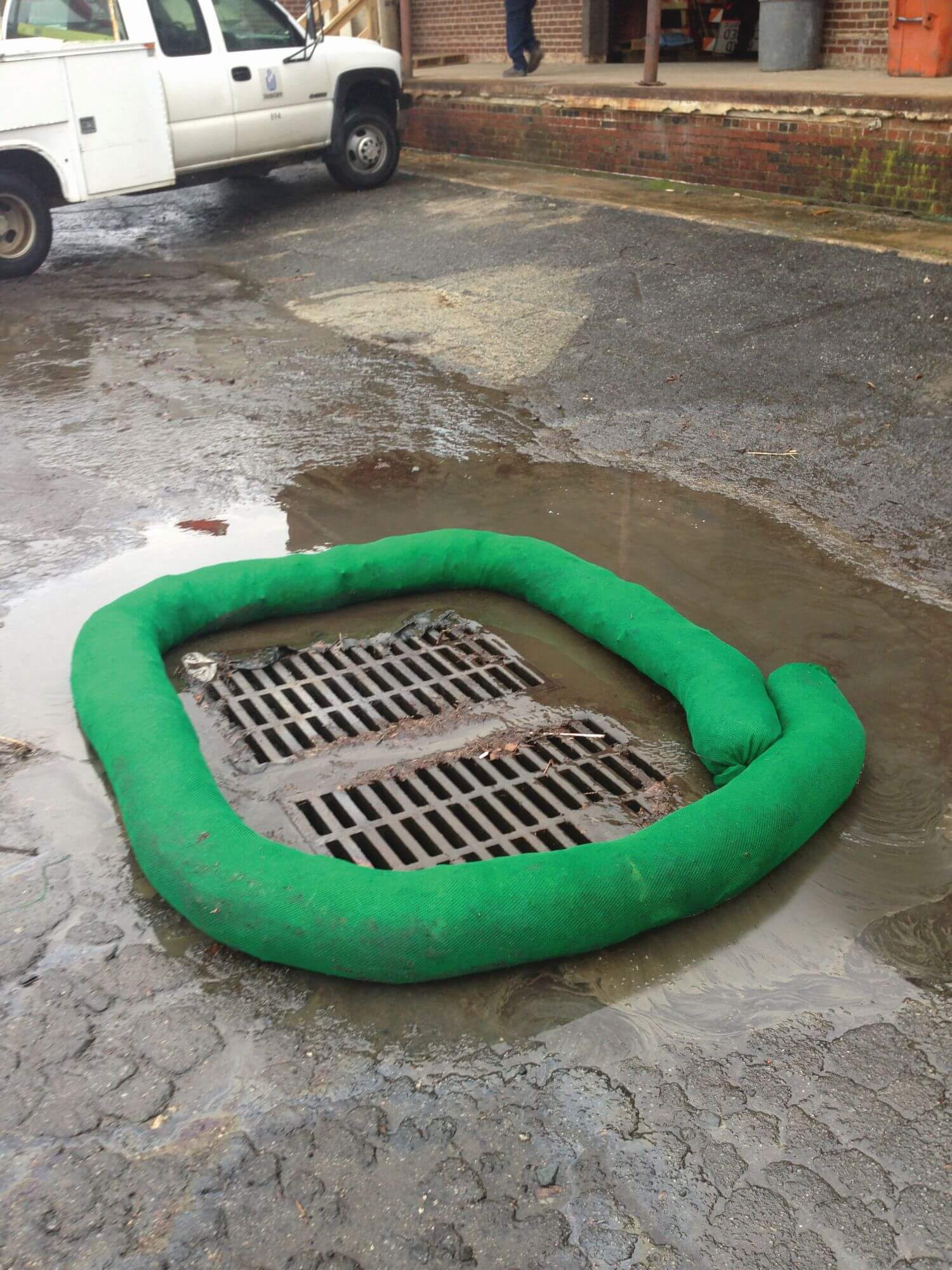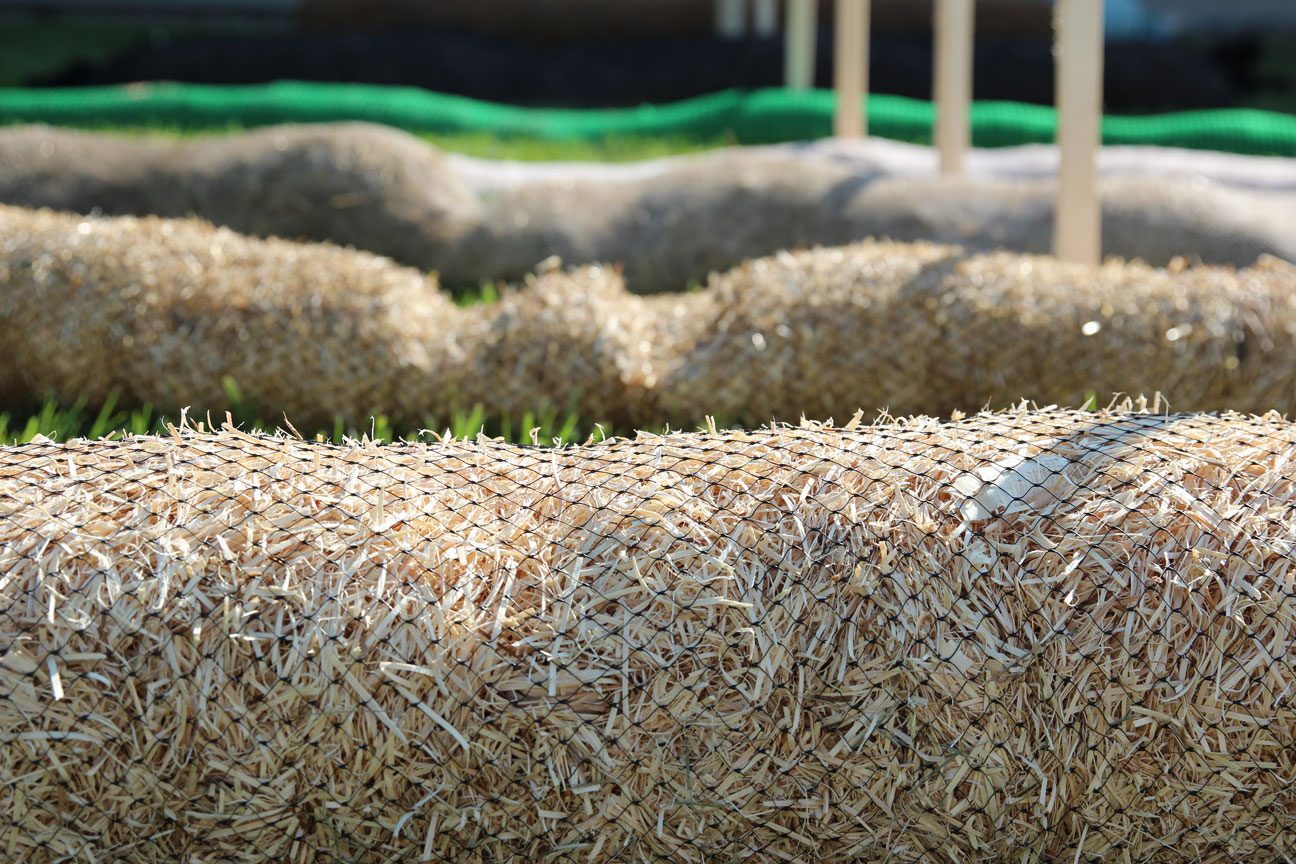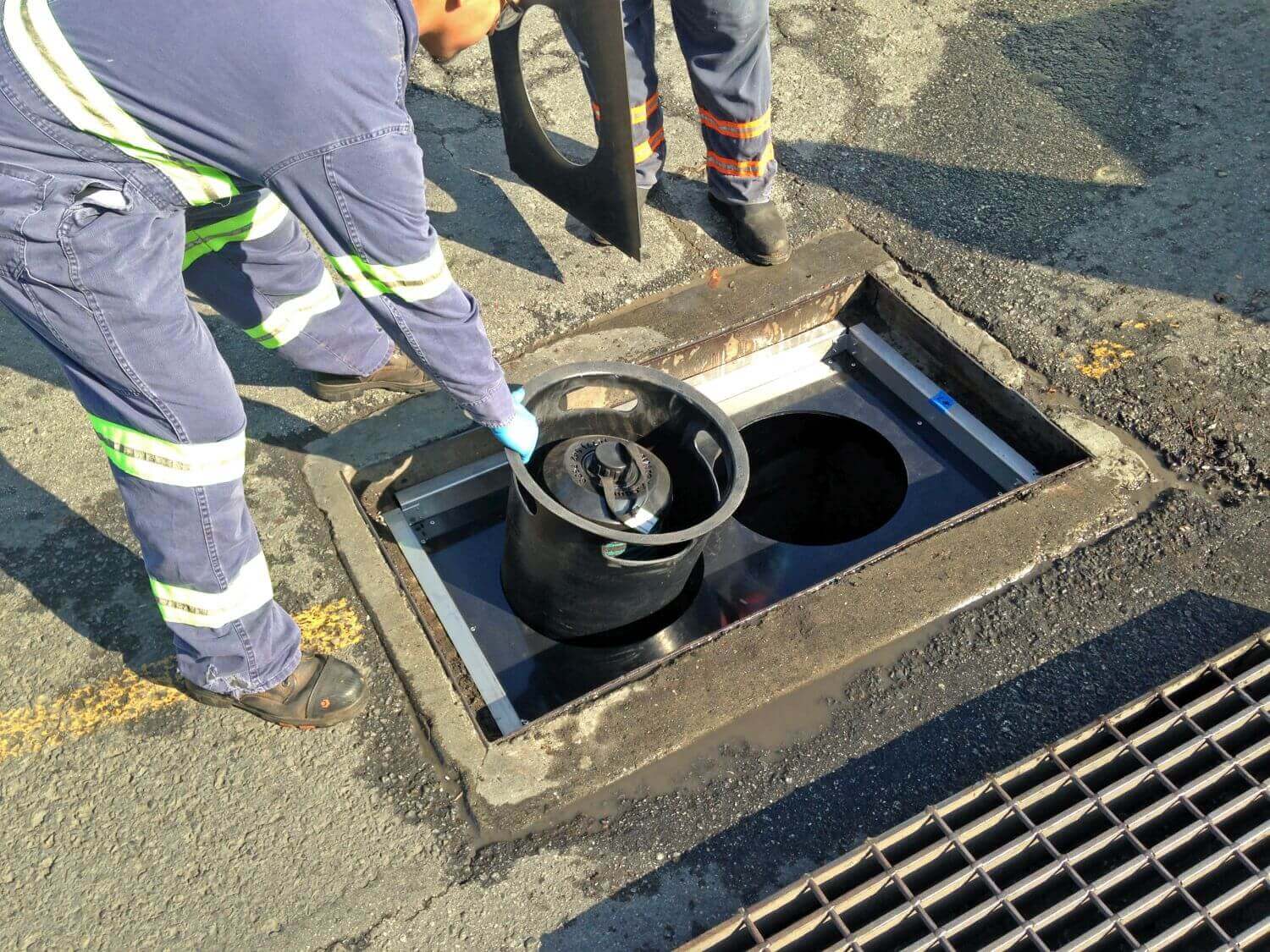In an era of escalating environmental concerns, the significance of effective inlet protection materials cannot be overstated. As pollutants threaten to infiltrate our stormwater drainage systems, inlet protection stands as the last line of defense, preserving water quality and safeguarding fragile aquatic ecosystems.
Understanding the Importance of Inlet Protection: Stormwater runoff, laden with sediment, debris, chemicals, and heavy metals, poses a significant threat to water quality in rivers, lakes, and oceans. Without proper management, these pollutants can wreak havoc on aquatic ecosystems, endangering public health and degrading natural habitats. Inlet protection serves as a vital defense mechanism, capturing and filtering pollutants before they enter storm drains. By mitigating erosion, reducing sedimentation, and protecting sensitive habitats, inlet protection plays a crucial role in preserving water quality and ensuring the health of our environment.
Read more about Filtering Stormwater Runoffs and Protecting Drain Inlets
Register for a Virtual Lunch & Learn Session
Deepen your understanding of inlet protection and explore the latest trends and innovations in the field. During this session industry experts will share valuable insights, practical tips, and real-world case studies.
Earn 1 PDH Credit.
Exploring Inlet Protection Materials
The world of inlet protection is vast and varied, offering a plethora of materials to suit every application. Let’s delve into some of the most common options:
Silt Socks
A Cost-Effective Solution for Sediment Capture and Containment
Silt socks represent a cost-effective and versatile solution for sediment capture and containment in stormwater management and erosion control applications. These bags or socks, typically filled with compost or wood chips serve as durable barriers capable of effectively trapping sediment and pollutants carried by runoff water. Often positioned strategically around drain inlets, they intercept and trap sediment particles, preventing them from entering stormwater networks and polluting downstream environments. By effectively filtering out sediment, silt socks help maintain the integrity of drainage systems and ensure compliance with environmental regulations.
One of the primary advantages of silt socks lies in their simplicity and ease of deployment. Unlike more complex filtration systems or erosion control measures, silt socks require minimal setup and can be quickly installed in a variety of settings, ranging from construction sites to industrial facilities and municipal areas. Silt socks also have low maintenance requirements, remaining in place – even in high-flow conditions. This accessibility makes silt socks a practical choice for projects with time and budget constraints, as well as those requiring rapid response to sediment control needs.
Need more information about Silt Socks, Click Here
Straw Wattles
Straw wattles, also known as sediment logs or straw rolls, offer sediment filtration via cylindrical tubes filled with straw. Straw wattles are renowned for their ease of installation and low maintenance requirements, which makes them appealing for a wide variety of projects.
Straw wattles are commonly manufactured with plastic netting, thus offering exceptional durability and the capability of withstanding harsh environmental conditions and prolonged use without degradation. This longevity makes straw wattles particularly well-suited for high-traffic areas or locations prone to intense erosion, where continuous protection against sediment runoff is crucial.
The synthetic composition of plastic straw wattles also enables them to maintain their structural integrity even when saturated with water, ensuring uninterrupted sediment filtration and erosion control. This resilience makes them valuable assets in situations where constant water flow or heavy rainfall poses significant challenges to sediment management.
Plastic straw wattles also offer enhanced versatility and adaptability – their synthetic construction allows for customization of size, shape, and density, catering to specific project requirements and terrain characteristics. This flexibility facilitates optimal placement and coverage, maximizing sediment capture efficiency and minimizing environmental impact.
For situations where biodegradability is a priority, MKB Company also offers a straw wattle with biodegradable netting composed wood fiber. One of the key advantages of this offering is the ability of the straw wattle to break down naturally over time, thus ensuring minimal environmental impact once the straw wattle has fulfilled its sediment filtration role.
For both the plastic and biodegradable offerings, straw wattles excel in their ability to capture sediment-laden runoff and absorb excess moisture, preventing erosion and sedimentation in surrounding areas. By strategically positioning straw wattles along the perimeter of construction sites, around drain inlets, or along watercourses, sediment runoff can be intercepted and contained, thereby safeguarding water quality and preserving aquatic habitats.
Storm Drain Inlet Filters
Safeguarding Drainage Systems and Water Quality
Storm drain inlet filters stand as essential guardians of drainage systems and water quality, designed to capture sediment and debris before they can enter stormwater infrastructure and water bodies. These filters, engineered to fit directly into or on top of storm drain openings, offer high levels of sediment removal and are highly effective in preventing contaminants from reaching waterways, thereby safeguarding aquatic ecosystems and public health.
One of the primary advantages of storm drain inlet filters lies in their ability to provide targeted protection at the point of entry into drainage systems. By intercepting sediment-laden runoff before it can enter storm drains, these filters help prevent clogging, blockages, and infrastructure damage, ensuring the uninterrupted flow of stormwater and minimizing the risk of flooding. For example, BlackHawk, MKB Company’s inlet filter mat that is designed to sit on top of the grate, boasts exceptional sediment storage capacity, ensuring uninterrupted functionality and the ability to withstand the most adverse flood conditions.
Storm drain inlet filters are also designed for ease of installation and maintenance, minimizing disruption to ongoing operations. Their modular construction allows for quick and straightforward replacement, ensuring optimal performance and longevity over time. They can also be easily cleaned and reused numerous times, thus enhancing their cost-effectiveness and reduced environmental impact.
Another advantage of storm drain inlet filters is their versatility and flexibility, with various configurations available to suit different inlet types, sizes, and site conditions. Whether deployed in drop inlets, curb inlets, or catch basins, these filters can be tailored to accommodate specific project requirements, providing reliable protection against sedimentation and pollution.
Click here to learn about the storm drain inlet filters that can improve water quality and meet regulatory standards for projects of every size.
Choosing the Right Inlet Protection
Choosing the right inlet protection product is a critical decision in any stormwater management and erosion control project. It requires a thorough understanding of site conditions, pollutant load, regulatory requirements, and budget constraints. By carefully considering these factors and selecting the most suitable material, stakeholders can ensure effective water quality management and environmental protection.
Site Conditions: One of the first factors to consider when choosing inlet protection materials is the specific site conditions. This includes the type of terrain, soil characteristics, drainage patterns, and proximity to water bodies. For example, sites with steep slopes or highly erodible soils may require more robust inlet protection measures to prevent sediment runoff. Similarly, areas with high rainfall intensity or frequent storms may necessitate materials with greater durability and resilience to withstand erosive forces.
Additionally, the location of drain inlets and their surrounding landscape features should be taken into account. Inlet protection materials must be strategically placed to intercept runoff and capture sediment before it enters drainage systems. Understanding the flow paths of stormwater and the potential sources of pollutants is essential for determining the most effective placement of inlet protection measures.
Pollutant Load: The pollutant load associated with a site is another crucial factor to consider when selecting inlet protection materials. This includes not only sediment but also other contaminants such as debris, industrial pollutants, heavy metals, and organic matter. The composition and concentration of pollutants in stormwater runoff can vary significantly depending on the site’s land use, activities, and surrounding environment.
Inlet protection materials should be chosen based on their ability to capture and filter specific pollutants effectively. For example, silt socks filled with compost are ideal for trapping sediment particles, while storm drain inlet filters with natural sorbent media are more suitable for removing chemicals and hydrocarbons. By assessing the predominant pollutants present in stormwater runoff, stakeholders can identify the most appropriate materials to address their specific water quality concerns.
Regulatory Requirements: Compliance with regulatory requirements is paramount in stormwater management and erosion control projects. Federal, state, and local regulations impose standards and guidelines for pollutant control, sediment retention, and erosion prevention to protect water quality and environmental health. It is essential to familiarize oneself with these regulations and ensure that chosen inlet protection materials meet or exceed the prescribed criteria.
Certain regulatory agencies may specify approved inlet protection measures or require adherence to specific design standards and performance criteria. For example, the United States Environmental Protection Agency (EPA) provides guidance on best management practices (BMPs) for stormwater management, including recommendations for inlet protection materials and installation techniques. By consulting regulatory guidelines and seeking input from relevant authorities, stakeholders can ensure compliance and minimize the risk of non-compliance penalties.
Budget Constraints: Budgetary considerations play a significant role in the selection of inlet protection materials, as project costs must be balanced with environmental objectives and performance requirements. While some materials may offer superior performance and longevity, they may also come with higher upfront costs and installation expenses. Conversely, more affordable options may provide adequate protection but may require more frequent maintenance or replacement over time.
It is essential to weigh the long-term benefits and cost-effectiveness of inlet protection materials against their initial investment. Factors such as durability, maintenance requirements, and expected lifespan should be taken into account when evaluating the overall value of different options. Additionally, stakeholders should explore opportunities for cost-sharing, incentives, or grants available through government agencies, industry associations, or conservation organizations to offset expenses and promote the adoption of environmentally sustainable practices.
Register for Our Lunch and Learn Session
Ready to deepen your understanding of inlet protection and explore the latest trends and innovations in the field? Register for a virtual Lunch and Learn session, where industry experts will share valuable insights, practical tips, and real-world case studies. Don’t miss this opportunity to expand your knowledge, earn professional development hours, and connect with peers in the industry. Register now to secure your spot and take the first step towards mastering the art of inlet protection.




